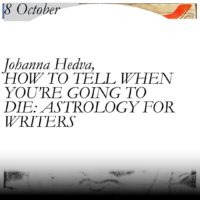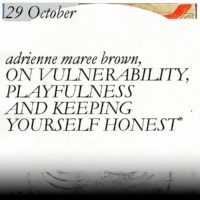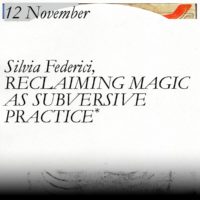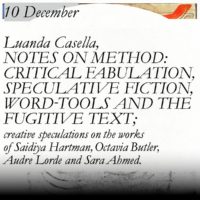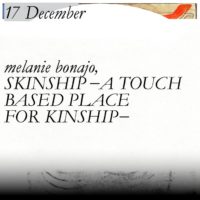For the first part of this Wxtch Craft Cycle (the Fall sessions), we have asked seven guests to reflect on these daunting times, with some dark constellations in the skies and political events at the horizon. Blending their crafts with their knowledge, they will share their broomstick insights, pointing to emotional-physical-spiritual resources to draw on when the going seems to be getting tougher and tougher.
In this (self)educational program we put our ears to the earth and listen carefully to the many-gendered witches that history couldn’t burn. Many second-wave feminist groups and contemporary traditions like Wicca and WITCH (the Women’s International Terrorist Conspiracy from Hell), found an embodiment of the supreme and divine feminine in the figure of the witch. These groups did the relevant and necessary groundwork. However they relied on essentialistic and binary notions of gender, which empowered some at the expense of excluding others.
Today the witch resurfaces in new and more inclusive guises, to respond to the current convergence of multiple crises and connect personal practice with social analysis. In this program, we approach witchcraft as first and foremost a contemporary feminist liberatory practice; offering tools for storytelling, survival and radical care that strongly appeal to queer, trans folx, gender non-binary and conforming people, BIPOC. Sometimes a broom is not just a broom, but a dildonic device that allows wounded healers to draw circles and boundaries, pointing at the end of this structurally racist and sexist world as they know it. Ultimately these healers have always had to use magic to survive.
As Silvia Federici wrote in her book Caliban and the Witch - one of the great inspirations for this cycle - witch hunts were not just some folkloric excesses or harmful echoes of an irrational dark age. Rather, our contemporary capitalist society has been built on the devastation of the natural world and the total devaluation, mechanization and disownment of womxns' bodies. This process found a first fulcrum in the witch hunts of the 16th and 17th century; but the shape of oppression shifts all the time and continues till this very day. Patriarchal capitalism defines itself through the violent disciplining, submission and value extraction of queer, black, colonized, disabled and female bodies. The connections between the oppression of these different bodies run wide and deep. The contemporary Wxtch is well-aware of these intersecting struggles and proudly reclaims the figure with the intent to spoil the neoliberal rage fest to the bone.
Follow up: Wxtch Craft Sping Cycle starting in February 2021
Interventions in the shrine by all participating KABK students can be followed via our instagram page
Contact & Colophon
Suggestions/Questions/Remarks
Drop us a note at e.sprey@kabk.nl or studiumgenerale@kabk.nl or via instagram
Colophon
Program curator: Erika Sprey
Design, art-direction and program advisor: Dayna Casey
Coordinator: Janne van Gilst
Shrine interventions: all participating KABK students
Shrine underlay: Tommy Smits
Textile assistance: Gino Anthonisse
Thank you: Marijn van der Leeuw (Tiny Art Gallery), Sandra Teitge, Joachim Robbrecht, Niam Madlani, Huub Smits, Nel van der Zanden, Daniel Dmyszewicz, Shani Leseman, Caroline Straver, Harvey Davelaar, Pieter van Vliet.
